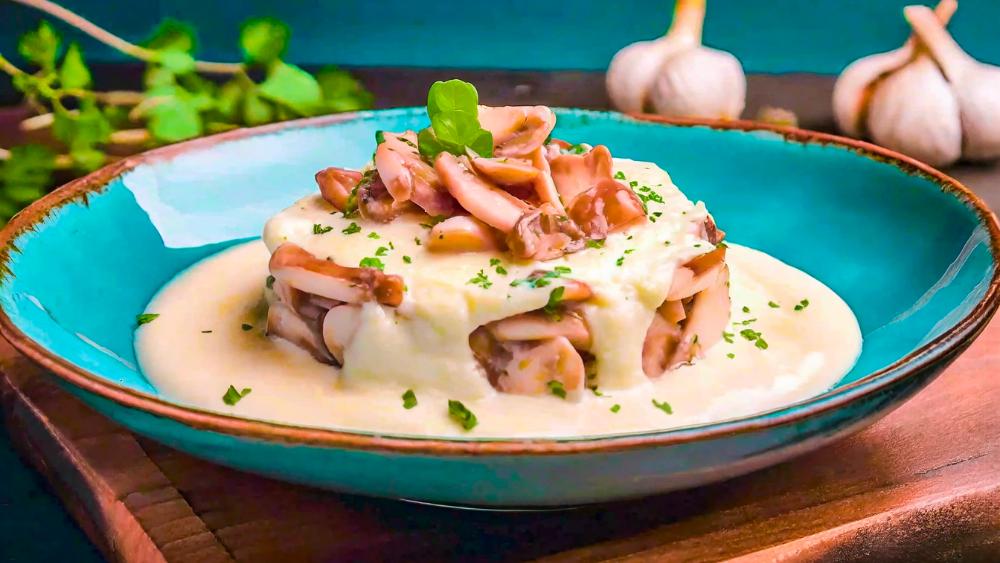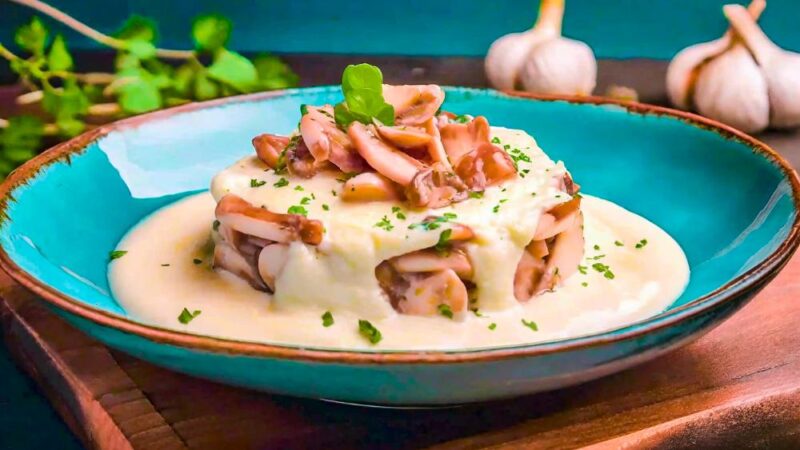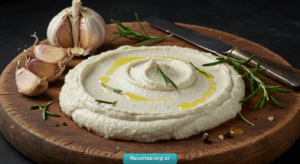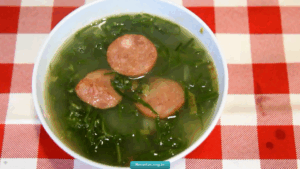
Welcome and welcome lovers of good cuisine! Today we immerse ourselves fully in the universe of Uruguayan gastronomy to discover the secrets of the famous Caruso sauce, an emblematic sauce of the Latin American country, which is very popular for being chosen to accompany celebrities capeletis a la caruso.
On this occasion, we are going to tell you everything you need to know about this sauce named after the Italian tenor Enrico Caruso. We are going to tell you Why is it called that, who created it and what’s so special about it?l.
At the end of the note you will find the caruso sauce recipe to make at home and enjoy with some good pasta. Once you do it, tell me in this post what you thought and if you would do it again. Shall we start?
About the caruso sauce
The caruso sauce is a unique gastronomic creation that combines the richness of the flavors of Italian cuisine, with the distinctive Uruguayan touch. This sauce, known for its creamy texture and intense flavor, has become a classic accompaniment to pasta in Uruguay.
Its base consists of a mixture of carefully selected ingredients, where cream, mushrooms, parmesan cheese, ham and a touch of meat extract play the starring roles. The combination of these elements results in an exquisite sauce that is very easy to make, which goes very well with noodles or stuffed pasta.
Some characteristics that you probably didn’t know about the caruso sauce recipe
- Creaminess: Caruso sauce is distinguished by its smooth and creamy texture that slides delicately over any pasta, creating a unique sensory experience.
- Intense and balanced flavor: The mixture of cheese and ham provides flavor and texture and generates intense sensations in each bite.
- Versatility: In addition to being the ideal companion for pasta, this sauce can also enhance the flavor of chicken, meat and fish.
- Easy preparation: Despite its sophisticated flavor, caruso sauce is surprisingly easy to prepare, allowing even novice cooks to enjoy this delicacy at home.
- Suitable for all occasions: Whether at a casual family meal or a special celebration, this sauce elevates any dish through its presence.
The easiest way to make the Uruguayan caruso sauce recipe
The first thing to do to prepare the Uruguayan caruso sauce recipe is to gather the sauce ingredients and define what dish you are going to serve it on. The preparation is very simple. The first thing to do is sauté onion and mushrooms in butter.
Then it add the cream and milk, with a little flour, because its consistency is similar to white sauce, grated cheese, ham, and the special touch that the meat extract gives it. Once it is thick it can be used to complement the desired dish.
The good thing about this sauce is that it can be made in advance and kept in an airtight container in the refrigerator until ready to use. In this way, in just a few steps you can have a delicious pasta dish with caruso sauce ready in a matter of minutes.
Why is it called caruso sauce and why is it traditional in Uruguay?
The caruso sauce, with Its evocative name pays tribute to the illustrious Italian tenor Enrico Carusowho visited Uruguay in the 1920s. However, caruso sauce is not It was not created until 1954 by an Italian chef living in Montevideo, as a way to honor the tenor.of which he was a great admirer.
This gesture is a true reflection of the strong influence of the Italian community that settled in Uruguay between the end of the 19th century and the beginning of the 20th century. Just as typically Italian dishes were adopted, such as fainá, pastafrola and tiramisu, caruso sauce managed to fuse local ingredients with immigrant traditions.
Origin of the caruso sauce recipe
Caruso sauce has its roots in Italian cuisine and the creativity of a chef from the Piedmont area, Raimondo Monti, who lived in the Uruguayan capital and was in charge of the kitchen at the “Mario y Alberto” restaurant. His invention was attributed to the need to offer diners a new experience, which went beyond conventional recipes.
Over time, Monti’s recipe became popular and became a Uruguayan trademark, passed down from generation to generation. maintaining its essence and conquering new palates on each occasion.
The best pastas for caruso sauce: “los capeletis a la caruso”
The restaurant where caruso sauce was created specialized in stuffed pastas such as ravioli, capeletis, and anchovies, and while the sauce is a delicious complement to different types of pasta, the chef who invented it served it for the first time with capeletis, remaining as a specialized dish of the place, the “capeletis a la caruso”, which would become an emblem of Uruguayan cuisine.
Also very popular are caruso ravioli, which are among the preferred options for their ability to absorb and highlight the flavors of the sauce. The combination of the softness of the stuffed pasta with the creaminess of the caruso sauce is simply irresistible.
Follow me on Instagram (here)
And on YouTube I upload new videos every week (click here)
Caruso sauce recipe
Yield: 4 portions
Preparation: 20 minutes

Ingredients
- 2 tablespoons of butter
- 1 large onion, finely chopped
- 200 g cooked ham, cut into small cubes
- 200 g sliced mushrooms
- 1 cup of milk cream
- 1/2 cup of milk
- 1 tablespoon of flour
- 1 teaspoon meat extract
- Salt and pepper to taste
- 1 tablespoon grated Parmesan cheese
How to make caruso sauce step by step
- In a large skillet, melt the butter over medium heat. Add the chopped onion and cook until transparent.
- Add the mushrooms to the mixture and cook for a few minutes. Add the tablespoon of flour and stir.
- Pour the heavy cream and milk into the pan, stirring well to combine all the ingredients.
- Add the meat extract and continue stirring to ensure even distribution of flavors.
- Cook over low heat until the sauce thickens slightly. Adjust the consistency with more milk if necessary.
- Add the cooked ham and grated cheese, cooking for a few minutes until the cheese melts. Season to taste.
- Once the sauce has reached the desired consistency and the flavors have integrated, remove the pan from the heat and serve the sauce with the chosen pasta.
Source: www.paulinacocina.net


